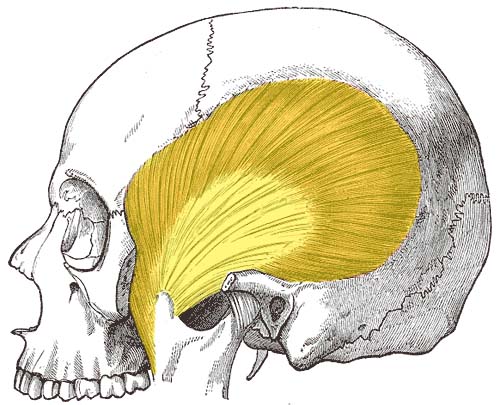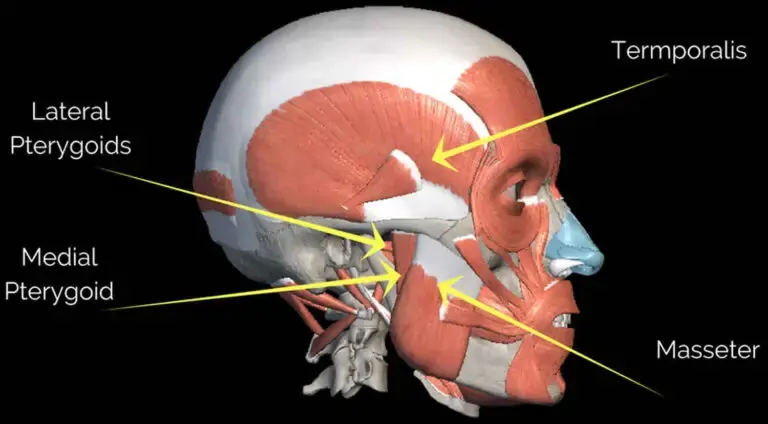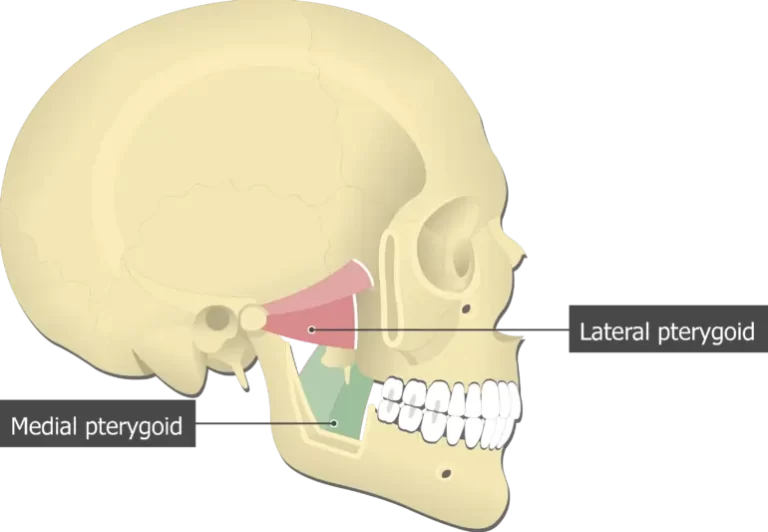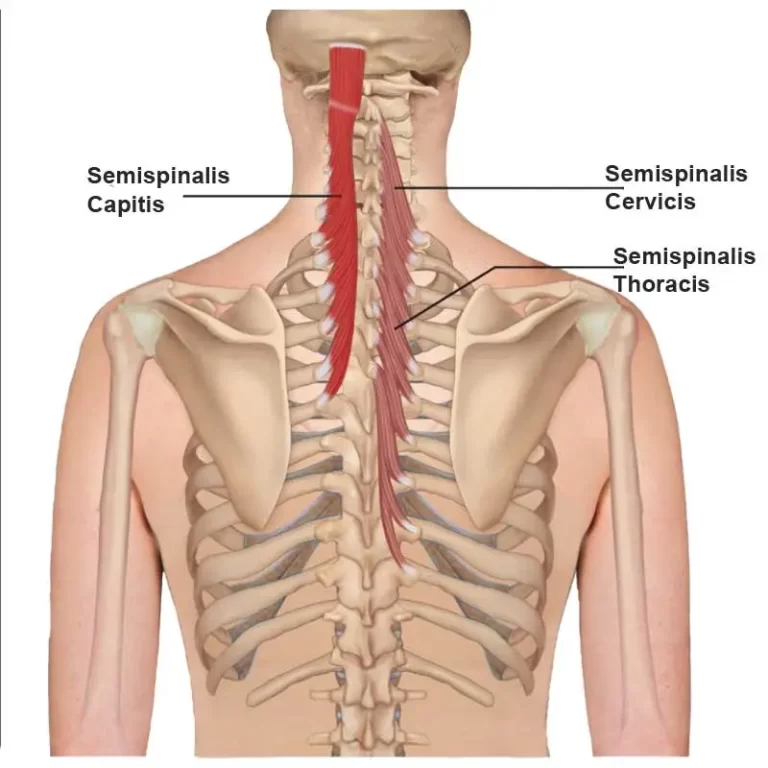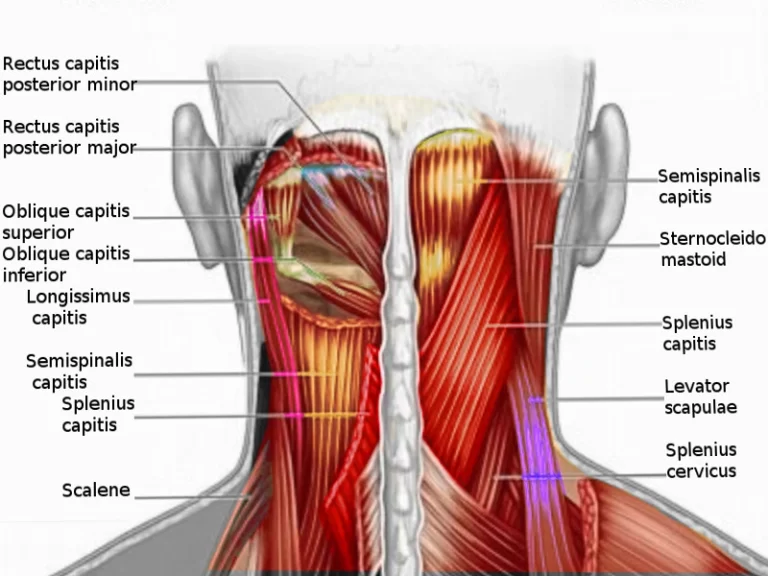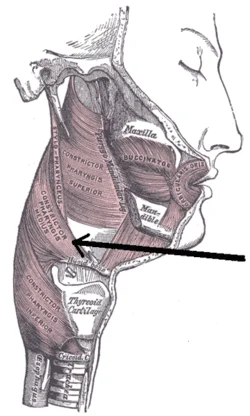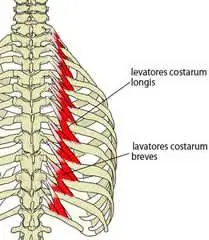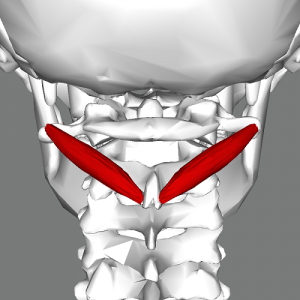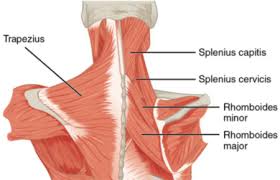Temporalis Muscle Anatomy
Introduction of the Temporalis muscle In anatomy, the temporalis muscle is also known as the temporal muscle. This muscle fills the temporal fossa. The temporalis muscle is a thin, fan-shaped muscle located within the temporal fossa of the skull. Along with the medial pterygoid muscle, lateral pterygoid, and masseter muscles, it belongs to the group…

